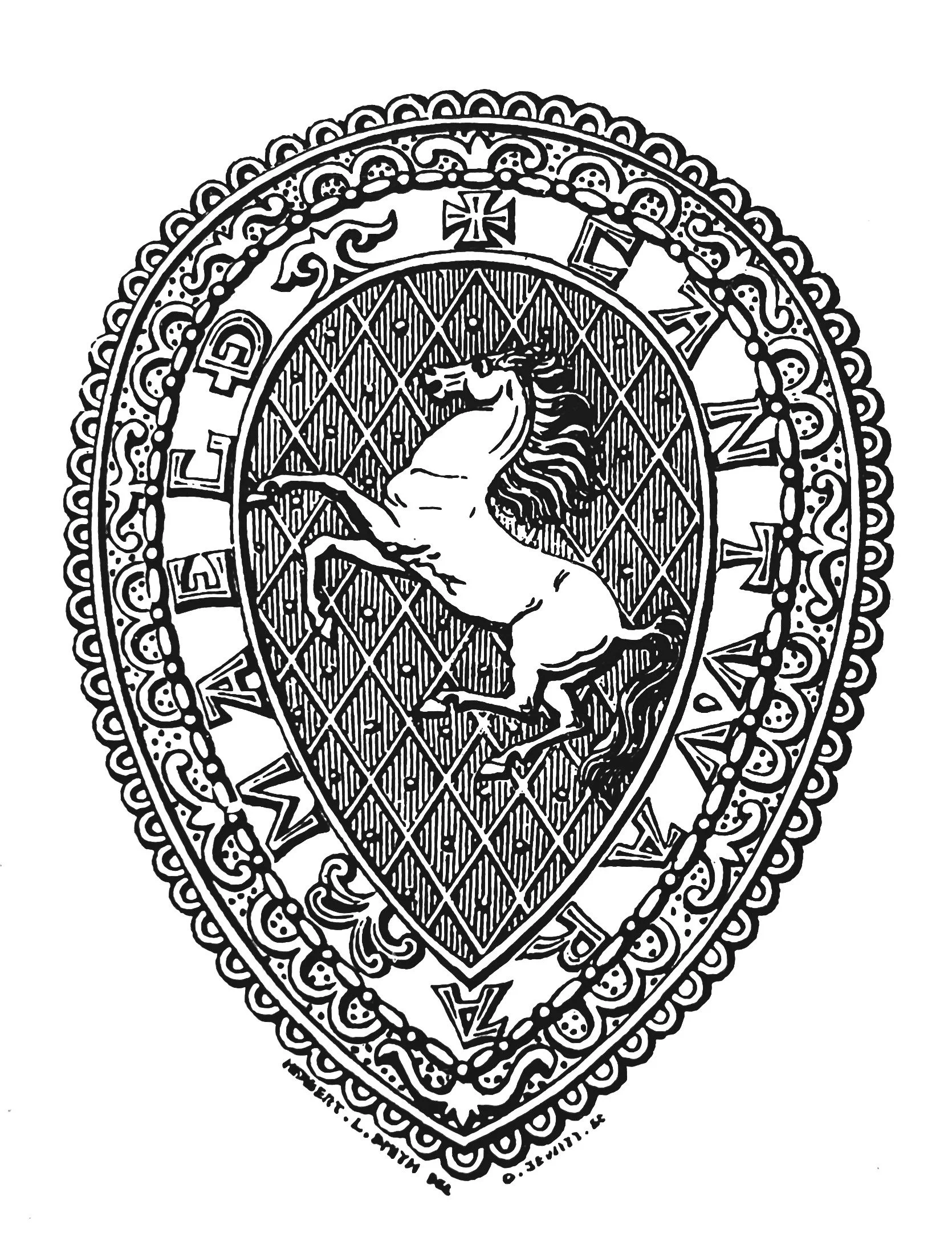
KAS Newsletter, Issue 31, Summer 1995
Kent's brasses, Martello Towers, Arthur's battle site, society news, and historical insights.
Contributions to the next issue are welcome. See the guidance for contributors and contact Editor Craig Campbell.
Search page
Search within this page here, search the collection page or search the website.
Previous
Previous
Books
Next
Next
Monumental Brasses in Kent
Written By KAS
Featured
KAS Newsletter, Issue 31 (Summer 1995). Maidstone: Kent Archaeological Society.
Iain Foreman, 1995, KAS Newsletter, Issue 31 (Summer 1995). Maidstone: Kent Archaeological Society.
Peter Draper Hon. Librarian, 1995, KAS Newsletter, Issue 31 (Summer 1995). Maidstone: Kent Archaeological Society.
KAS Newsletter, Issue 31 (Summer 1995). Maidstone: Kent Archaeological Society.


